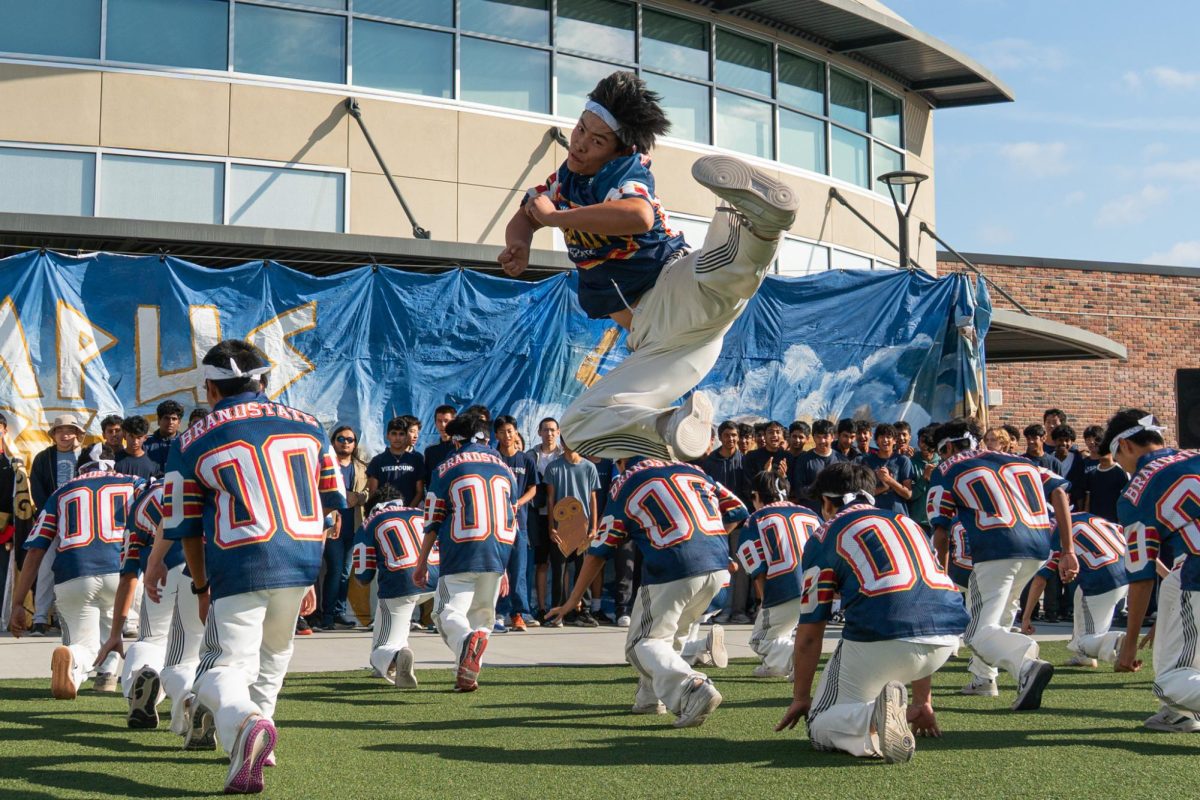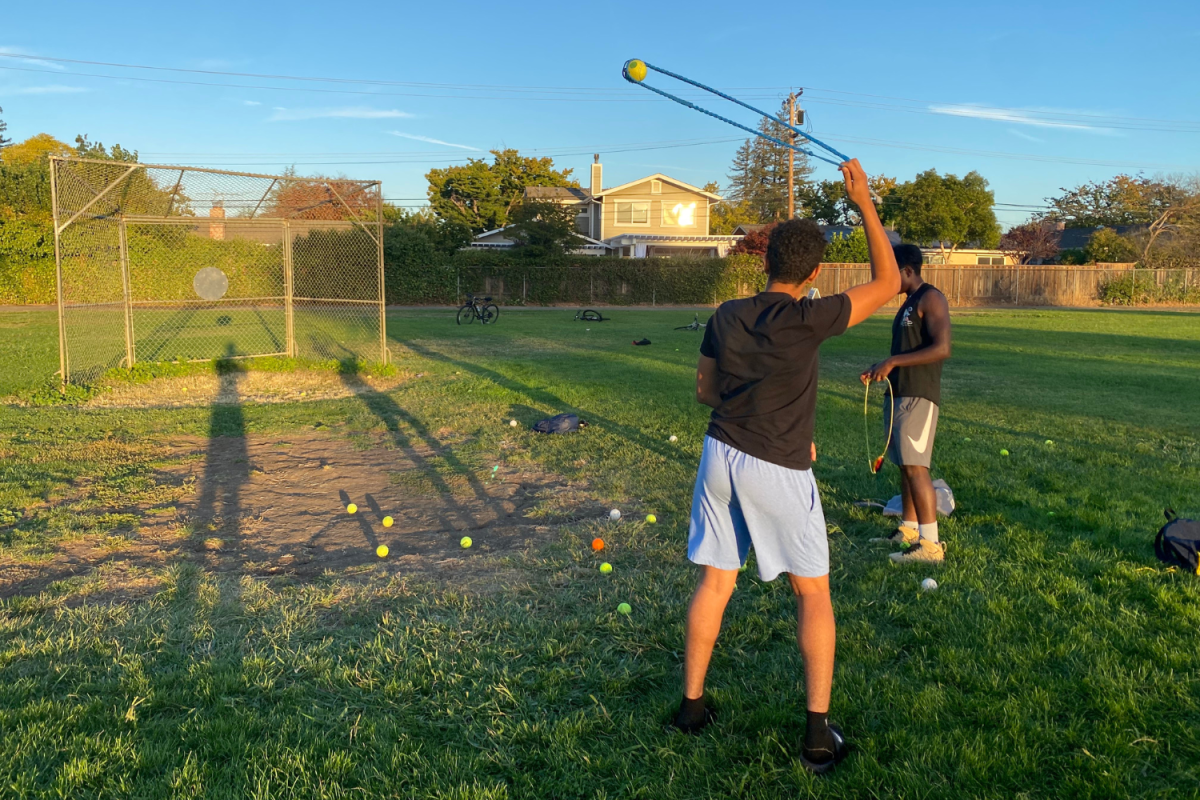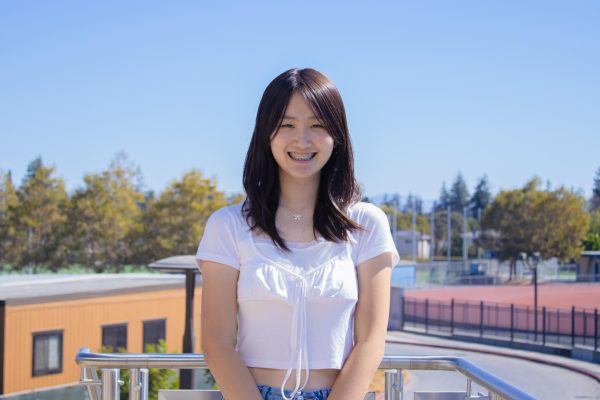Instead of waking up every morning for 8:30 a.m. classes, a typical day in the life of a homeschooled student can be quite different. Some homeschooled students start their academics later in the morning for shorter periods of time, with their classrooms located in the comfort of their own homes. This form of education has shaped students’ development in ways traditional schools do not.
In the years since the COVID-19 pandemic, the number of homeschooled students soared due to factors such as health concerns and skepticism regarding the quality of remote learning. Remote learning was an introduction to alternative education systems for most students across the nation. For some students, it provided a unique level of flexibility and privacy that they wanted to preserve even after traditional schools shifted back to in-person learning.
“I liked online school during COVID-19,” sophomore Helyx Belew said. “I liked working at home at my own pace and determining my own schedule. I found that it was very similar to homeschooling and that I do better in school when I’m not surrounded by other people constantly because of how overwhelming it can be.”
Even before the pandemic, there were still many reasons why parents would homeschool their children. As the Coalition for Responsible Homeschooling reported, online networks in the Internet age made educational materials and other homeschooling resources more accessible for all. As shown by three of the top five reasons parents decide to homeschool named by the National Center for Education Statistics — dissatisfaction with moral, academic and religious instruction — homeschooling’s self-regulating nature also lends parents more control over many facets of their child’s education, including the curriculum they are taught and the learning approaches parents take.
“An advantage of homeschooling is that I can customize the experience for my children and give them one-on-one attention in every subject,” homeschooling parent Erin Heyming said. “I also have the power to decide what assignments my children work on, so they can avoid doing busy work such as coloring pictures.”
Although surpassed in prominence by moral and academic motivations in recent times, religious motivations have long been a leading factor in the choice to homeschool. They cause some families to reject the more general teachings of traditional schools in favor of educating their children on specific worldviews.
“Public schools give students exposure to a diversity of beliefs that some cases of religiously motivated homeschooling might give to a similar degree,” said Robert Kunzman, managing director for the International Center for Home Education Research. “But sometimes the latter ends up being an environment where only their family’s religious perspectives are explored. The parents want to raise their children in a safe zone of their own teachings.”
Through homeschooling, parents can influence not only what their child learns but also the settings in which they learn it. Parents can protect children from social struggles and pressures, such as bullying, that happen in traditional schools. According to NCES, over 80% of parents of homeschooled children choose this form of education over concerns about school environments regarding safety, drugs or peer pressure. Furthermore, environments with personalized accommodations can be essential to the growth of students with disabilities or health conditions. According to the National Special Education Advocacy Institute, about 38% of students receiving homeschooling have special needs.
“Both my husband and I were homeschooled when we were younger, which caused us to homeschool our own children,” homeschooling parent Colleen Beeson said. “My husband’s homeschooling situation allowed him to work at his own pace, and he started junior college when he was twelve years old. As for me, I am very dyslexic and faced many teachers who weren’t very understanding growing up. Because of this, I didn’t want my son, who is also dyslexic, to go through the same struggles.”
However, some homeschooled children may also experience distinct disadvantages. A lack of social interaction with other kids their age may restrict their opportunities to meet new people, making it harder for them to navigate in society when they reach adulthood. This may result in homeschooled children feeling isolated and lonely, as well as limited in their exposure to diverse people and perspectives.
“While I do have opportunities to meet friends in sports and church, I personally found it harder to get close with someone if you don’t go to the same school as them,” said junior Bethanie Lee, who was homeschooled prior to high school. “A disadvantage for me is that I didn’t have anyone I could talk to about homework or academics.”
Homeschooled students, especially those who engage less with conventional schools, may also find it more difficult to participate in extracurricular activities. Students who take part in special programs supporting homeschooling in traditional schools, such as the Private School Satellite Program offered by the King’s Academy, regularly attend classes on campus. Even so, they are sometimes excluded from school events.
“There can be a slight prejudice against homeschooling students,” Belew said. “Sometimes kids will get kicked out of school events if they’re homeschooled and show up too early — they’re not on campus that much, so teachers won’t recognize them. When they choose people to go on field trips to missions, they look at Private School Satellite Program students last. They don’t regard us until everything has been given to the full-time students.”
Additionally, education stemming solely from the knowledge of parents can be faulty. Students may be restricted by their parents’ biases and blind spots in certain subjects, as well as a narrower range of teaching styles. As a result, what they learn can be inconsistent and fall short of recognized educational standards. For example, homeschooled students in the United States tend to perform worse in math compared to their peers from traditional schooling according to the CHER.
“I’m planning on homeschooling my three boys until they reach high school,” Heyming said. “I think it’s important for them to eventually have different teachers for each subject who are relative experts in their respective fields. Also, they will have access to supplies that I cannot provide for them such as a lab setup for science class.”
When navigating through the transition from an at-home learning environment to a traditional school, students often face many challenges. Shifting from about three to four hours of learning a day to full seven-hour school days can take time to get used to and students can easily get tired while making this transition.
“For the first couple of months I spent at a traditional school, it was very difficult for me to keep up with my classes because I wasn’t used to this new environment,” Lee said. “When my mom was my teacher she would give me a lot of personalized help. At a public school, I received a lot less individualized attention from teachers as I wasn’t the only student anymore.”
As homeschooling has expanded in popularity, so has its traditional, most literal definition. As documented by the CRHE, for much of its history, the movement was seen as fringe. Its purpose in the public eye flipped from radical liberal reform to conservative Christian instruction while its basic methodology remained largely the same: the independent, domestic education of children solely by their parents.
Now, more than ever, the diversity and abundance of resources homeschooled students can draw from — particularly private school satellite programs, dual enrollment at local colleges and other flexible classes — bring them closer in proximity to traditional education systems. For their part, traditional systems are more and more willing to accommodate and integrate homeschoolers, which they have historically clashed with at times, as the phenomenon becomes more normalized. In the future, these trends will likely continue.
“I think the boundaries and distinctions between different forms of schooling will continue to blur,” Kunzman said. “In the future, there will be less of a binary between homeschoolers and non-homeschoolers.”
Among students who have not experienced homeschooling before, there are many other common misconceptions about homeschooling that arise from perceived and increasingly marginal differences. As a result of lack of information or contact with homeschooled students, some tend to have a certain stereotype in their minds that is far from the truth.
“People like to assume that homeschooled students are antisocial and very nerdy,” Lee said. “But being homeschooled didn’t mean that I spent all my time studying at home; I also had free time to leave the house and interact with other people.”
While the life of a homeschooled student can be different from that of a student from a traditional school, they still receive the education they need and are prepared for the future.
“Come and talk to us,” Belew said. “We’re not the stereotype. Most of us are just genuine people who do school a little differently than you do.”












































































